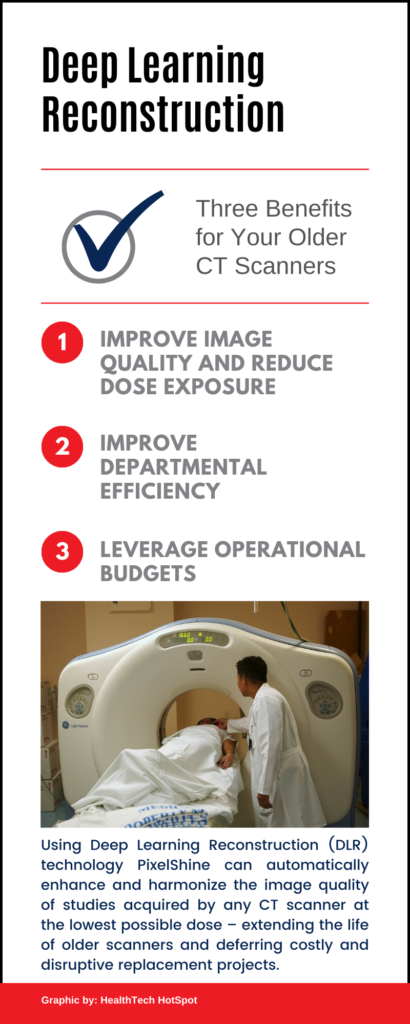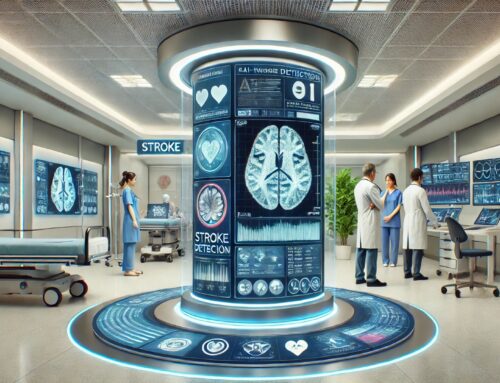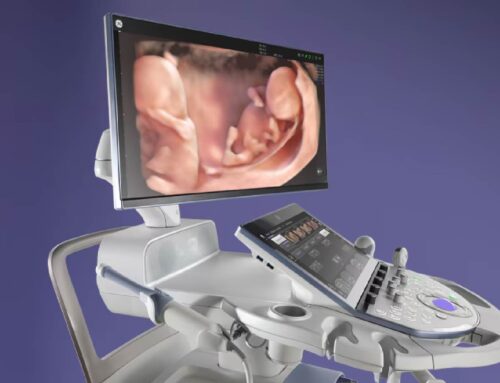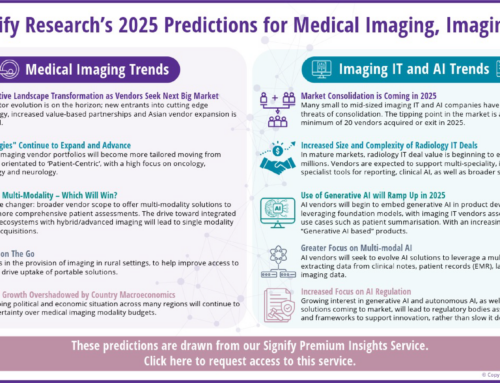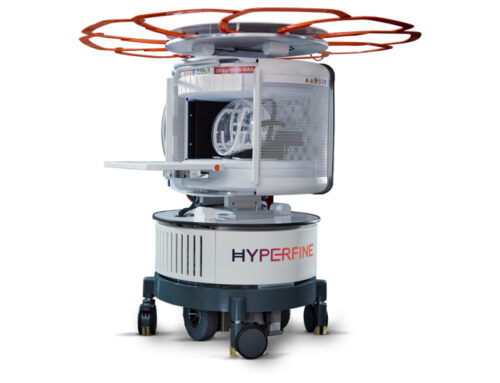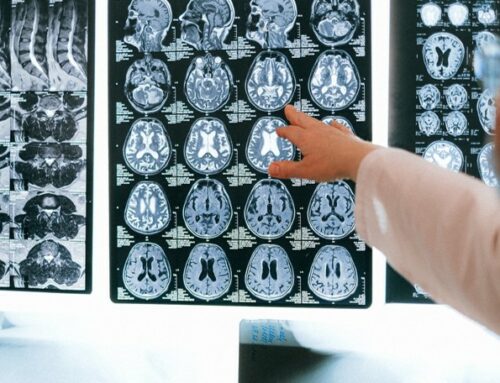By: Mikael Strindlund, CEO at AlgoMedica |
Better Manage Costly CT Scanner Replacement |
Poor image quality, extended scan times, dose exposure, and technological limitations that inhibit advanced procedures like cardiac and stroke imaging are just some of the key drivers behind many CT modality replacement initiatives. AHRA suggests that CT scanners should be replaced every 8 years*, however such projects can cut deeply into the capital budgets of healthcare organizations, ranging anywhere from $100k to $1M in cost. Unfortunately, the reality is that the negative financial impact caused by Covid-19, along with decreasing reimbursements, and continued pressure to reduce capital budgets keeps such projects out of reach for many healthcare organizations.
But what if you could improve the quality and efficiency of all CT imaging without incurring the high capital cost associated with purchasing a new scanner? In this blog we will discuss how DLR can be universally applied across CT scanners, protocols, and physical anatomies to improve image quality and optimize workflow – allowing the organization to realize greater value from existing equipment, and defer costly and disruptive replacement projects.
1. Clinical: Improve Image Quality and Reduce Dose Exposure
Quality, patient care and safety are top-of-mind concerns for every healthcare provider. Unfortunately, older CT scanners typically require higher dose exposure to generate quality images, and don’t support newer imaging techniques that can enable earlier disease detection.
Previously, the only way to overcome these challenges was to invest in a new scanner. Now, with its Artificial Intelligence (AI) based DLR technology, PixelShine® from AlgoMedica can automatically remove the ‘noise’ associated with all images, particularly low-dose procedures, to produce images with high contrast and fine detail. This results in consistently higher diagnostic quality images at significantly reduced radiation exposure, providing safer and more effective imaging for all patients – especially those in higher-risk categories such as pediatric and obese patient, or those receiving ultra-low-dose lung screening, and patients with chronic illness who are subject to frequent imaging.
By leveraging PixelShine to modernize your older scanners you can defer capital replacement projects without settling for images that are “good enough” or compromising on patient dose exposure.
Instead, you can create a safer and more effective CT Program for the population you serve.
2. Operational: Improve Departmental Efficiency
Older CT scanners can have a significant, negative impact on clinical workflow efficiency. For technologists, manually adjusting modality settings to optimize dose exposure for each procedure is a cumbersome process that increases procedure times, decreases modality utilization, and lengthens patient wait times. For radiologists, variations in image quality can reduce clinical confidence and require more time to carefully discern between image ‘noise’ and potential findings. Both of which result in increased report turnaround-times and decreased departmental productivity.
Moreover, decommissioning and replacing older CT scanners is a significant disruption for busy imaging departments. This has always been a significant problem and is even more so now as imaging organizations struggle to recover from COVID-related imaging backlogs, and cumbersome distancing and sanitization protocols that have reduced capacity.
Why wait until you can afford the disruption and cost of purchasing new, advanced scanner replacements? With the PixelShine vendor-neutral AI solution you can automatically improve the quality of all CT images using consistently lower-dose protocols. This means that you can reduce the need for specialized protocols, harmonize image quality across your organization, and improve workflow efficiency and productivity across the department.
3. Financial: Leverage Operating Budgets
Replacing a CT scanner requires a significant financial investment including not only the capital cost of equipment or the financing cost of a lease, but also costs associated with room renovations, temporary mobile CT scanner rentals, and higher monthly service contract costs. Not to mention the lost revenue due to service disruptions, and the cost of technologist training. Combine that with steadily decreasing reimbursements, reduced capacity due to the COVID impact, and reduced capital budgets, and the result is that many organizations simply cannot replace their oldest scanners.
Fortunately, by leveraging a software-based AI solution like PixelShine you can leverage existing operational budgets to immediately address image quality, dose, and workflow challenges without waiting until capital funding becomes available for full CT replacement. In doing so, you can get more value out of your current equipment now!
Create a More Patient Centric and Cost Effective CT Program
Until now, reducing dose exposure required a costly capital equipment replacement – which is not always practical or feasible for busy, budget-constrained imaging organizations. A vendor agnostic solution, PixelShine by AlgoMedica, is a DLR platform that works with any CT scanner, and can cost-effectively extend the life of older and refurbished models to achieve the highest quality images at the lowest possible dose.
Why delay the benefits of harmonized image quality, reduced dose, and optimized workflow? Create a safer, more cost-effective CT imaging program for your patients today! Contact us to learn more.
*https://www.radiologytoday.net/archive/rt0818p16.shtml

